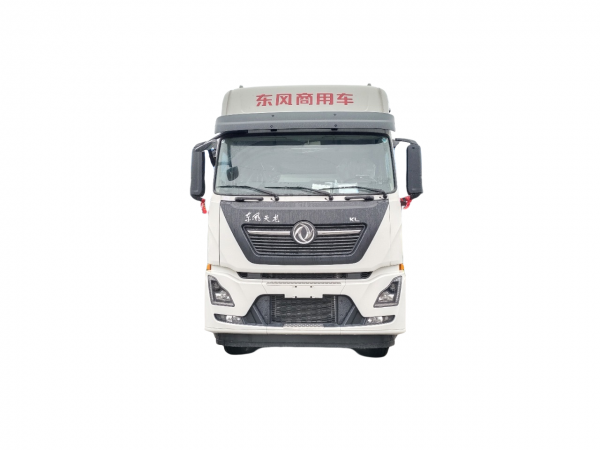Introduction
Truck mounted cranes are essential pieces of equipment in various industries such as construction, logistics, and transportation. These versatile machines provide the capability to lift and move heavy loads with ease, making them indispensable for many applications. One crucial aspect of truck mounted cranes is their dimensions, which play a significant role in determining their capacity, reach, and overall functionality. In this article, we will delve into the world of truck mounted crane dimensions, exploring different aspects such as boom length, maximum lifting capacity, and overall size.
Understanding Truck Mounted Cranes
Truck mounted cranes are mobile lifting devices that are mounted on a truck chassis. They are designed to provide the flexibility of a crane combined with the mobility of a truck, making them ideal for a wide range of lifting and loading tasks. These cranes typically consist of a boom, which is the main lifting arm, a hydraulic system for controlling the movement of the crane, and various other components such as counterweights and outriggers for stability.
Boom Length
One of the key dimensions of a truck mounted crane is the boom length, which refers to the horizontal distance from the base of the crane to the tip of the boom. The boom length plays a crucial role in determining the maximum reach of the crane and the height to which it can lift loads. Truck mounted cranes come in a variety of boom lengths, ranging from compact models with shorter booms to larger cranes with extended reach capabilities.
The boom length of a truck mounted crane is typically measured in feet or meters and can vary significantly depending on the specific model and manufacturer. Longer boom lengths allow the crane to reach higher and farther, making them suitable for applications where extended reach is required. Shorter boom lengths, on the other hand, are more compact and maneuverable, making them ideal for working in tight spaces or on job sites with limited access.
Maximum Lifting Capacity
Another important dimension to consider when evaluating a truck mounted crane is its maximum lifting capacity. This refers to the maximum weight that the crane can lift safely and is typically measured in tons or kilograms. The maximum lifting capacity of a crane is determined by various factors, including the structural strength of the crane, the stability of the truck chassis, and the configuration of the boom and hydraulic system.
Truck mounted cranes come in a wide range of lifting capacities, from small models with a few tons of capacity to larger cranes capable of lifting tens of tons. The lifting capacity of a crane is a critical factor to consider when selecting a crane for a specific job, as exceeding the crane's capacity can result in safety hazards and equipment damage. It is essential to carefully assess the weight of the loads to be lifted and choose a crane with an appropriate lifting capacity to ensure safe and efficient operation.
Overall Size and Weight
In addition to boom length and lifting capacity, the overall size and weight of a truck mounted crane are important dimensions to consider. The size of the crane can have a significant impact on its maneuverability, transportability, and suitability for different job sites. Larger cranes with extended booms and higher lifting capacities may require larger trucks or trailers for transportation and may be more challenging to operate in confined spaces.
The weight of the crane is another critical factor to consider, as it affects the stability of the truck chassis and the overall performance of the crane. Heavy cranes with high lifting capacities may require additional counterweights or outriggers to maintain stability during lifting operations. It is essential to carefully evaluate the size and weight of a truck mounted crane to ensure that it meets the requirements of the job and can be safely operated on the intended job site.
Outriggers and Stabilization
Many truck mounted cranes are equipped with outriggers, which are extendable legs that provide additional stability during lifting operations. Outriggers help to distribute the weight of the crane and the load over a larger area, reducing the risk of tipping or overturning. The dimensions of the outriggers, including their length and width, play a crucial role in determining the overall stability of the crane and its lifting capacity.
When operating a truck mounted crane with outriggers, it is essential to ensure that the outriggers are properly extended and positioned to provide maximum stability. https://www.worktruckmaker.com/clw-rear-double-axle-compressed-garbage-truck/ to properly deploy outriggers can result in unsafe lifting conditions and increase the risk of accidents. Operators should be trained in the proper use of outriggers and follow manufacturer guidelines for safe operation.
Conclusion
Truck mounted cranes are versatile and powerful machines that play a vital role in various industries. Understanding the dimensions of these cranes, including boom length, maximum lifting capacity, overall size, and outriggers, is essential for selecting the right crane for a specific job and ensuring safe and efficient operation. By considering these dimensions and factors, operators can maximize the performance of truck mounted cranes and complete lifting tasks with precision and safety.

